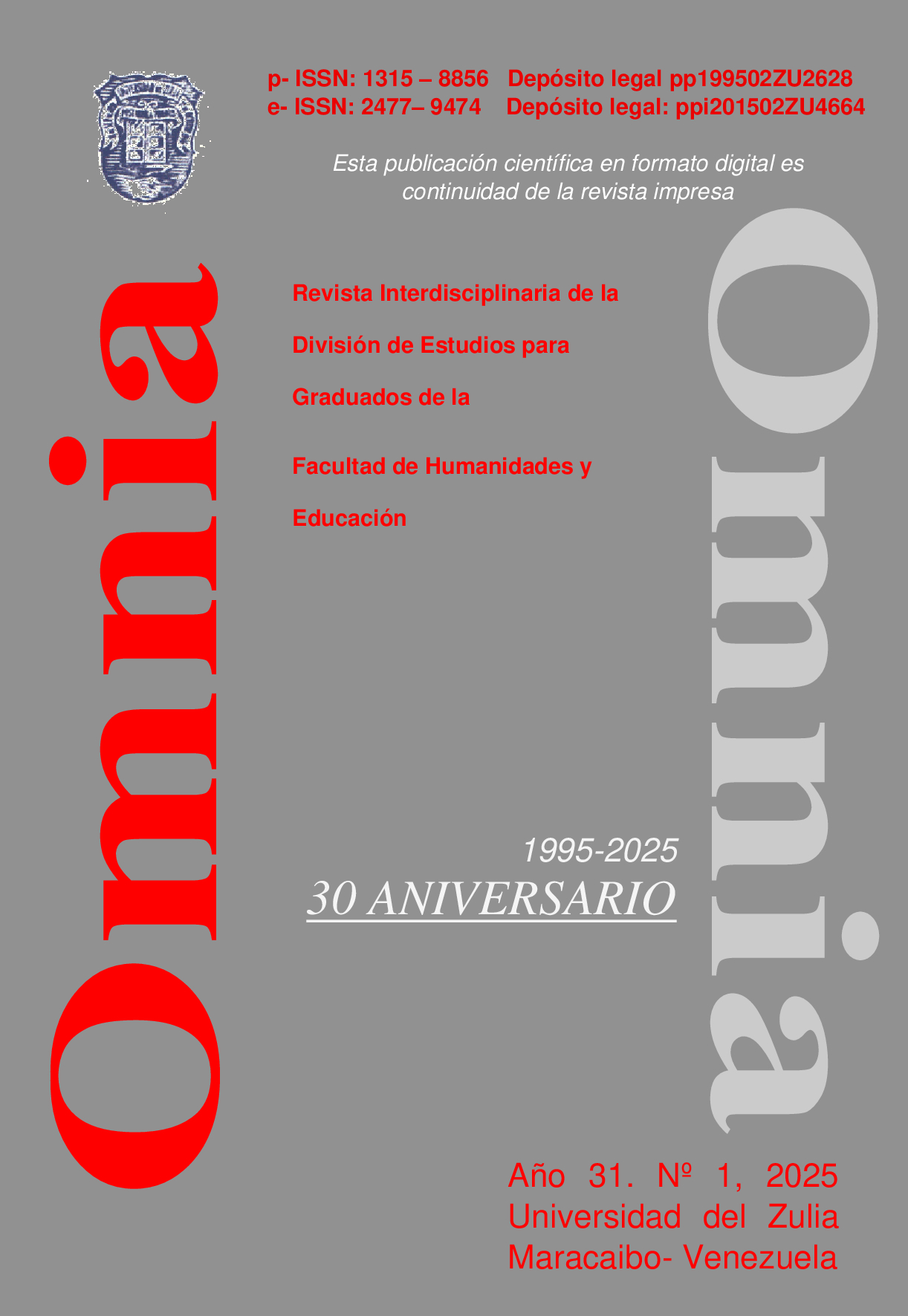Illustrations by children and adolescents about the plants of Jajó, Trujillo state, Venezuela
Abstract
Illustrations were made by children and adolescents about the plants of Jajó, Trujillo state, Venezuela. The exhibition “Get to know the plants of Jajó” was used, with ten (10) botanical samples of common ornamental and medicinal species, crop weeds and other wild-growing species collected in the area. There were fourteen participants (5 females and 9 males) between 6-14 years of age. They were asked to draw their favorite plant and give it the common name. The most drawn plant species were Hibiscus rosa-sinensis (“Chinese hibiscus”) and Ricinus communis (“castor oil plant”), representing 60% with four illustrations each, and only 28.6% of the participants (9 to 13 years old) knew the common name of the drawn species. It is recommended to carry out educational activities that promote the community's approach to the knowledge of the flora of Jajó in order to promote the appreciation of local plant resources
Downloads
References
Anderson, Janice Ellis, Jane y Jones, Alan (2014). Understanding early elementary children's conceptual knowledge of plant structure and function through drawings. CBE‐Life Sciences Education, 13(3): 375‐386.
Ávila, María y Gómez, Mercedes (1990). Naturaleza abierta. El mundo vegetal. Madrid: Bruño.
Becerra, Claudia y Rojas, Sandra (2019). La planta como ser vivo: las ciencias naturales en niños preescolares. Biografía, 338-347. En: https://revistas.pedagogica.edu.co/index.php/biografia/article/view/10863.
Brown, Sam Ed (1991). Experimentos de ciencias en educación infantil. Madrid: Narcea Ediciones.
Cabello Salguero, María José (2011). Ciencia en Educación Infantil: la importancia de un “rincón de observación y experimentación” o “de los experimentos” en nuestras aulas. Pedagogía Magna, (10): 58-63. ISSN-e 2171-9551. En: https://dialnet.unirioja.es/descarga/articulo-/3628271.pdf.
Cherney, Isabelle., Seiwert, Clair., Dickey, Tara y Flichtbeil, Judith (2006). Children’s Drawings: A Mirror to Their Minds. Educatio-nal Psychology, 26 (1): 127–142. En: https://doi.org/10.1080/-01443410500344167.
Daily, Gretchen; Polasky, Stephen; Goldstein, Joshua; Kareiva, Peter; Harold; Mooney; Pejchar, Liba; Ricketts, Taylor; Salzman, James y Shallenberger, Robert (2009). Ecosystem services in decision making: time to deliver. Frontiers in Ecology and the Environ-ment, 7(1): 21-28. En: https://doi.org/10.1890/080025
Deval, Juan (1991). Aprender a aprender I. El Desarrollo de la capa-cidad de pensar. Madrid: Alhambra Logman.
Morillas P., Vanesa (2014). La manipulación y la experimentación en Educación Infantil. Facultad de Ciencias de la Educación. Uni-versidad de Cádiz. En:https://rodin.uca.es/bitstream/handle-/10498/16622/tfg%20-final.pdf?sequence=8&isAllowed=y.
Nimmo, Johm y Hallett, Beth (2011). Childhood in the Garden: A Place to Encounter Natural and Social Diversity. In A. Shillady (Ed.), Spotlight on Young Children and Nature, (pp. 31–37). Washington, DC: NAEYC.
Organización de las Naciones Unidas (2015). Transformar nuestro mundo: la Agenda 2030 para el Desarrollo Sostenible. Resolu-ción aprobada por la Asamblea General el 25 de septiembre de 2015. A/RES/70/1, 21 de octubre.
Sharrock, Susana y Jackson, Peter (2017). Plant Conservation and the Sustainable Development Goals: A Policy Paper Prepared for the Global Partnership for Plant Conservation. Annals of the Missouri Botanical Garden, 102(2): 290-302. https://doi.org/10.3417/d-16-00004a.
Villanueva, Xabier (2021). La comprensión del mundo vegetal entre los 4 y 8 años a través del estudio del dibujo infantil, la resolu-ción de dilemas y el conocimiento del concepto de ser vivo (Doc-toral dissertation, Universidad del País Vasco-Euskal Herriko Unibertsitatea). En: https://dialnet.unirioja.es/servlet/dctes?codigo=298815.





